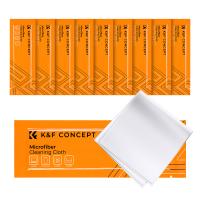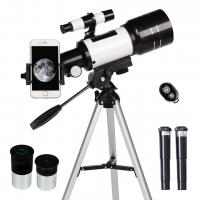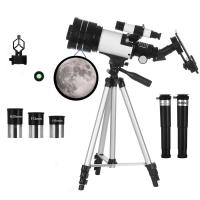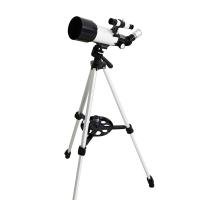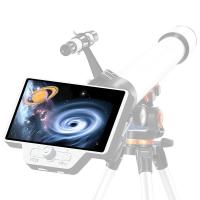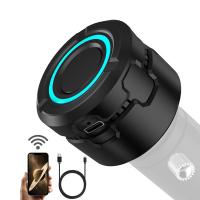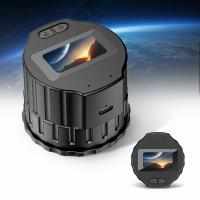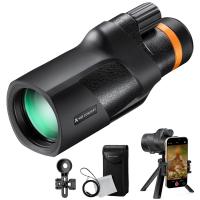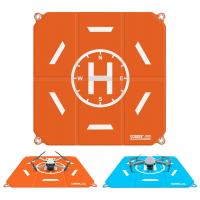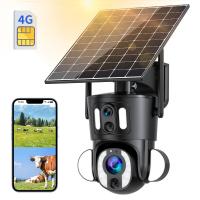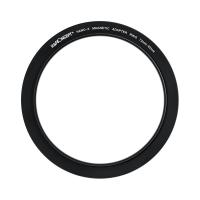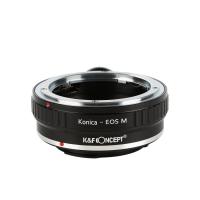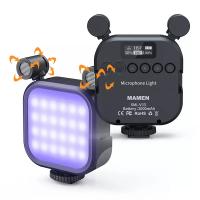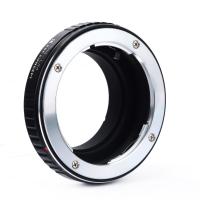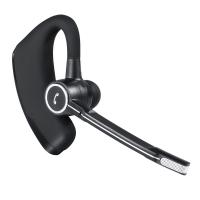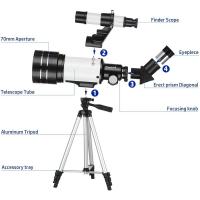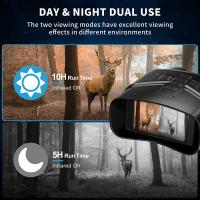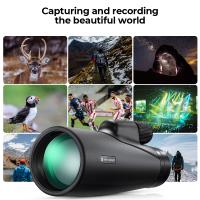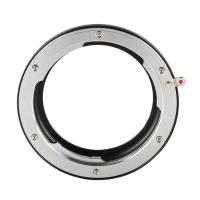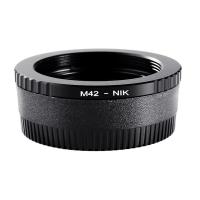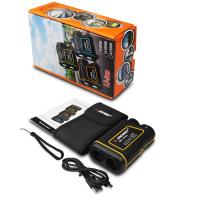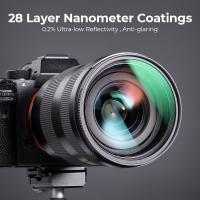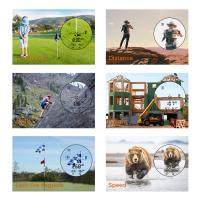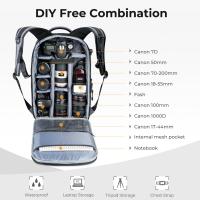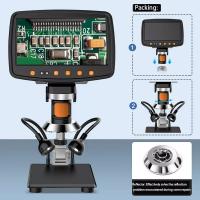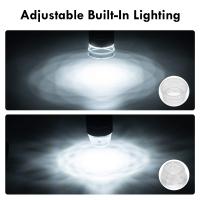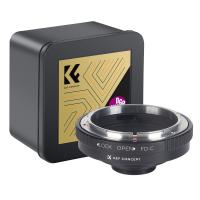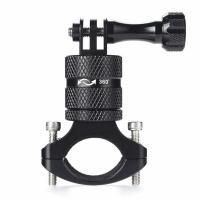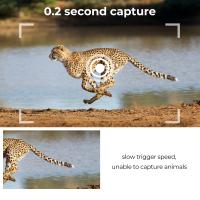How Do I Use My Telescope ?
To use your telescope, first set it up on a stable surface or mount it on a tripod. Adjust the tripod legs to ensure stability. Next, attach any necessary accessories such as eyepieces or filters. Point the telescope towards the object you want to observe by adjusting the altitude and azimuth controls. Use the finder scope or a low-power eyepiece to locate the object. Once you have it in view, switch to a higher-power eyepiece for a closer look. Adjust the focus until the object appears sharp and clear. Take your time to observe and explore different celestial objects. Remember to follow the manufacturer's instructions and practice patience and precision while using your telescope.
1、 Telescope Setup and Assembly
Telescope Setup and Assembly
Setting up and using a telescope can be an exciting and rewarding experience for both amateur and professional astronomers. To make the most of your telescope, it is important to follow the proper setup and assembly procedures. Here is a step-by-step guide on how to use your telescope effectively.
1. Choose a suitable location: Find a spot with minimal light pollution and a clear view of the sky. Avoid areas with tall buildings or trees that may obstruct your view.
2. Assembly: Start by assembling the tripod or mount according to the manufacturer's instructions. Attach the telescope tube securely to the mount, ensuring it is stable and balanced.
3. Align the finder scope: The finder scope helps you locate objects in the sky. Align it with the main telescope by pointing it at a distant object during the day. Adjust the screws until the object is centered in both the finder scope and the main telescope.
4. Calibrate the telescope: Some telescopes require calibration to accurately locate celestial objects. This can be done by aligning the telescope with known stars or planets using the telescope's computerized system or by manually adjusting the telescope's position.
5. Focusing: Use the focusing knobs to bring the object into sharp focus. Start with the lowest magnification eyepiece and gradually increase the magnification as needed.
6. Observing: Once your telescope is set up and focused, you can start exploring the night sky. Use star charts or smartphone apps to locate interesting celestial objects such as planets, stars, galaxies, and nebulae.
7. Maintenance: After each use, make sure to clean the lenses or mirrors of your telescope to remove any dust or debris. Store your telescope in a safe and dry place to protect it from damage.
Remember, using a telescope requires patience and practice. It may take some time to become familiar with the controls and to locate objects in the sky. Don't get discouraged if you don't see everything right away. With time and experience, you will become more proficient in using your telescope and uncover the wonders of the universe.
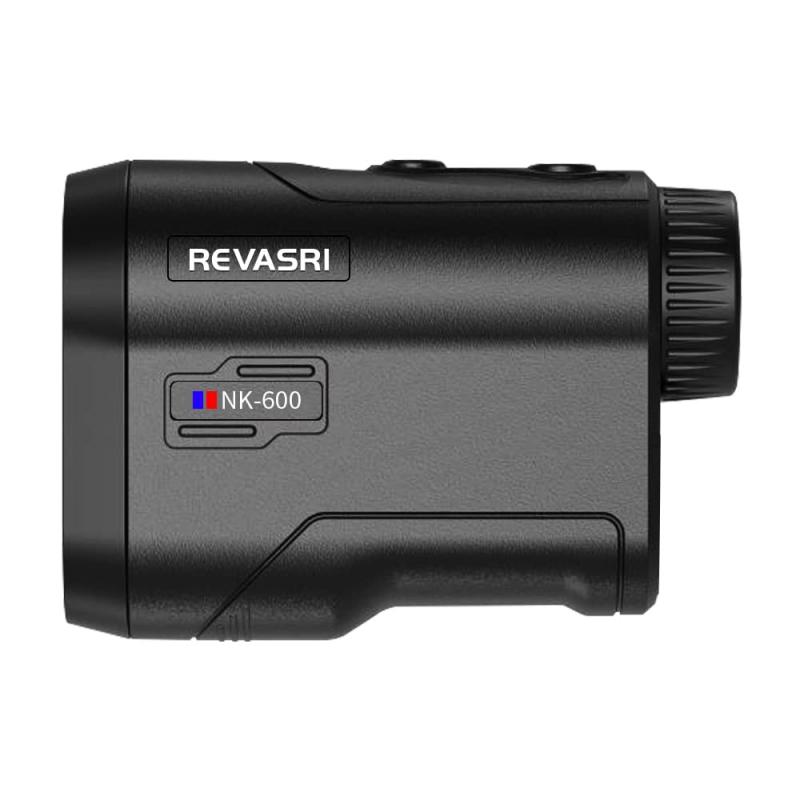
2、 Aligning and Calibrating the Telescope
Aligning and calibrating your telescope is an essential step in ensuring accurate and clear observations of celestial objects. Here's a guide on how to use your telescope effectively:
1. Set up your telescope: Find a stable and level surface to place your telescope. Ensure that it is securely mounted on a tripod or stand. Make sure the telescope is balanced and properly aligned with the celestial north or south pole.
2. Choose the right eyepiece: Select an eyepiece that provides the desired magnification for your observation. Start with a lower magnification eyepiece to locate objects easily, and then switch to higher magnification for more detailed views.
3. Pointing the telescope: Use the telescope's finder scope or a star chart to locate a bright object in the sky. Align the finder scope with the main telescope by adjusting its screws. Once aligned, use the finder scope to point the telescope towards your desired target.
4. Focusing the telescope: Adjust the focus knob until the object appears sharp and clear. Fine-tune the focus as needed to achieve the best image quality.
5. Aligning and calibrating: Many modern telescopes have built-in alignment systems. Follow the manufacturer's instructions to align your telescope accurately. This may involve pointing the telescope at specific stars or using alignment software.
6. Tracking celestial objects: Once aligned, your telescope may have a tracking feature that automatically follows the movement of celestial objects. Activate this feature to keep objects centered in the eyepiece for extended observations.
Remember, practice makes perfect. It may take some time and patience to become familiar with your telescope and its alignment process. Additionally, staying updated with the latest advancements in telescope technology and software can enhance your observing experience.
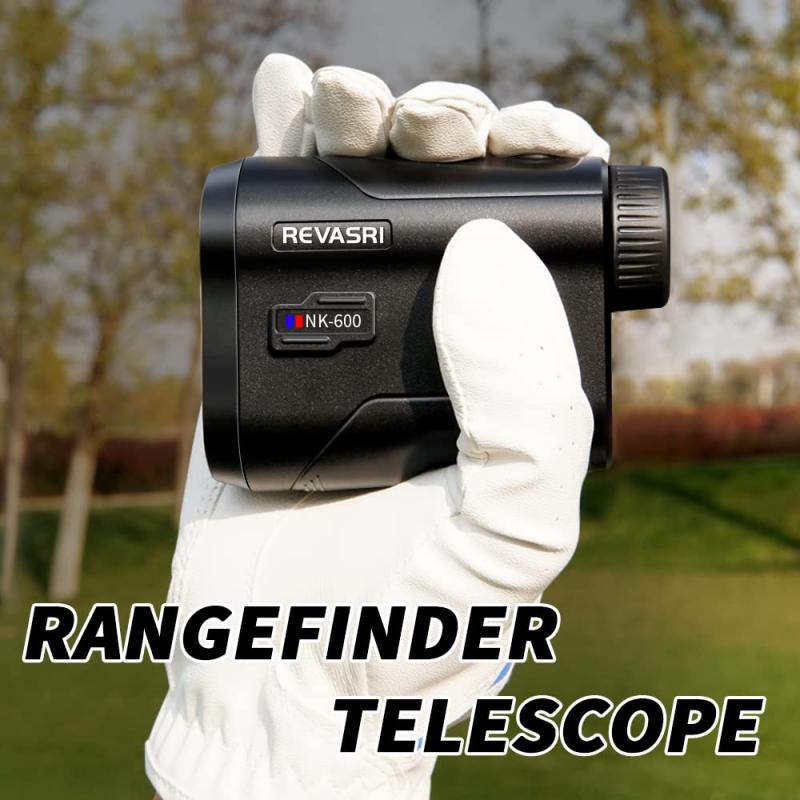
3、 Observing Celestial Objects with Your Telescope
Observing Celestial Objects with Your Telescope
Using a telescope to observe celestial objects can be an exciting and rewarding experience. Here are some steps to help you get started:
1. Familiarize yourself with your telescope: Read the instruction manual thoroughly to understand the different parts and functions of your telescope. Set it up in a suitable location, ensuring stability and a clear view of the sky.
2. Align your telescope: Most telescopes require alignment to accurately track celestial objects. This involves pointing the telescope at a known object, such as a bright star or the moon, and adjusting the telescope's position until the object is centered in the eyepiece.
3. Choose your target: Decide which celestial object you want to observe. Start with brighter objects like the moon, planets, or star clusters, as they are easier to locate and observe. Stellarium, a popular planetarium software, can help you identify visible objects based on your location and time.
4. Use appropriate eyepieces: Different eyepieces provide varying levels of magnification. Start with a lower magnification eyepiece to locate and center your target, then switch to higher magnification for a closer view. Experiment with different eyepieces to find the best balance between magnification and image quality.
5. Observe with patience: Allow your eyes to adjust to the darkness and take your time to observe the object. Look for details, such as craters on the moon or cloud bands on Jupiter. Take breaks to rest your eyes and avoid eye strain.
6. Keep a log: Maintain a logbook to record your observations, including the date, time, object observed, and any notable features or observations. This will help you track your progress and serve as a reference for future observations.
Remember, observing celestial objects requires practice and patience. It is also important to stay updated with the latest astronomical events and discoveries. Joining local astronomy clubs or online communities can provide valuable insights and guidance from experienced observers. Enjoy the wonders of the universe and happy stargazing!
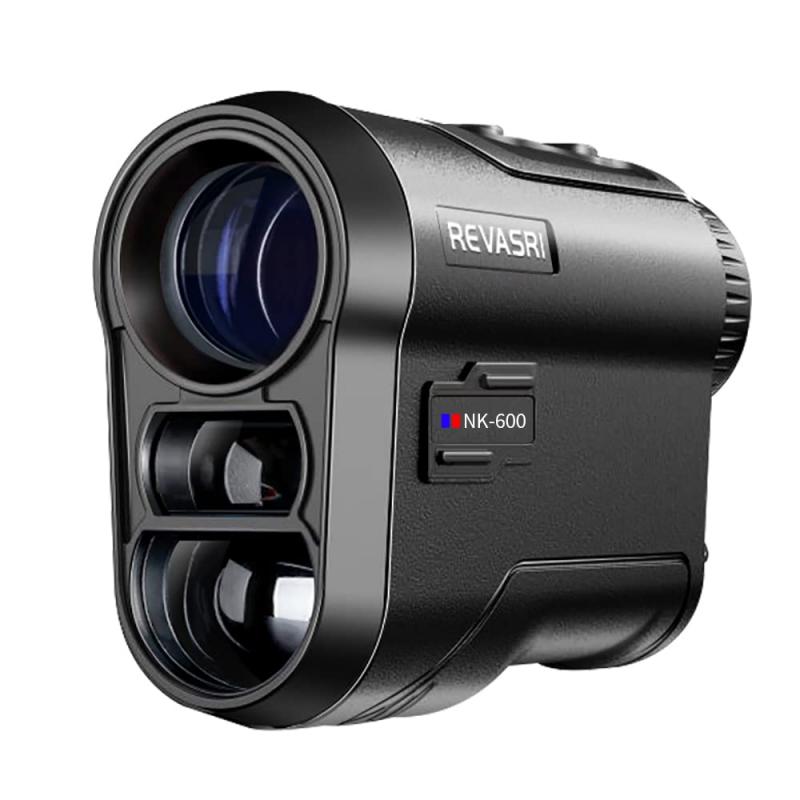
4、 Understanding Telescope Optics and Focusing Techniques
Understanding Telescope Optics and Focusing Techniques
Using a telescope can be an exciting and rewarding experience for both amateur and professional astronomers. To make the most of your telescope, it is important to understand its optics and master focusing techniques. Here's a guide to help you get started:
1. Familiarize yourself with the different parts of your telescope: Begin by understanding the basic components of your telescope, such as the objective lens or primary mirror, eyepiece, and focuser. This will give you a better understanding of how light is collected and focused.
2. Collimation: Collimation refers to aligning the optical elements of your telescope. Proper collimation ensures that the light entering the telescope is focused correctly, resulting in sharper images. Consult your telescope's manual for specific collimation instructions.
3. Focusing: Achieving a sharp focus is crucial for observing celestial objects. Start by using a low-power eyepiece to locate your target. Once you have it in view, adjust the focus knob or rack-and-pinion focuser to bring the object into sharp focus. Experiment with different eyepieces to achieve the desired magnification.
4. Understanding eyepiece selection: Eyepieces come in various focal lengths, which determine the magnification of your telescope. Higher focal length eyepieces provide lower magnification, while shorter focal lengths offer higher magnification. It is recommended to have a range of eyepieces to accommodate different observing conditions and objects.
5. Atmospheric conditions and seeing: The Earth's atmosphere can greatly affect the quality of your observations. Poor seeing conditions, such as atmospheric turbulence, can cause objects to appear blurry or distorted. Choose nights with stable atmospheric conditions for optimal viewing.
6. Astrophotography: If you are interested in capturing images through your telescope, consider exploring the field of astrophotography. This involves attaching a camera to your telescope and using longer exposure times to capture detailed images of celestial objects. Research specific techniques and equipment needed for astrophotography.
Remember, practice and patience are key when using a telescope. Take the time to familiarize yourself with your equipment and experiment with different techniques. Joining a local astronomy club or online community can also provide valuable insights and guidance from experienced astronomers. Enjoy the wonders of the universe through your telescope!



